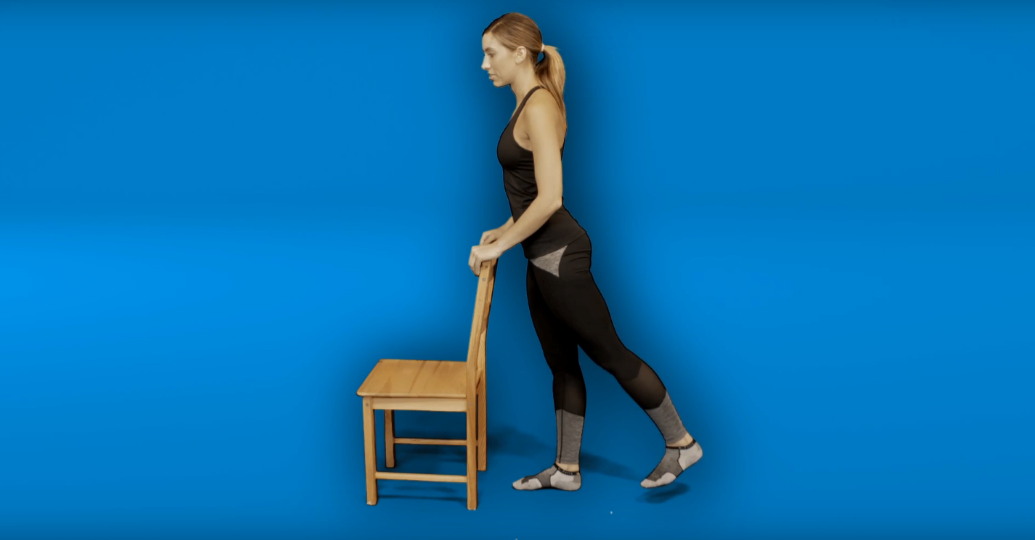
Video: Hip replacement recovery exercises
Peer reviewed by Dr Sarah Jarvis MBE, FRCGPLast updated by Lilly Sabri, MHPCLast updated 15 Dec 2017
Meets Patient’s editorial guidelines
- DownloadDownload
- Share
- Language
- Discussion
There are different types of hip replacement surgery depending on the injury, the severity of the injury and the surgeon performing the procedure. This leaflet is to be used only a guideline once you have discussed and confirmed with your surgeon and medical team that the exercises below are appropriate for you following your surgery.
In this article:
The following exercises are recommended to help reduce swelling and pain, increase range of movement and strengthen the muscles around the hip joint and prevent future problems.
Playlist: Hip Replacement Recovery Exercises
5 videos
Hip Replacement Recovery - Range of Movements
Lilly Sabri, MHPC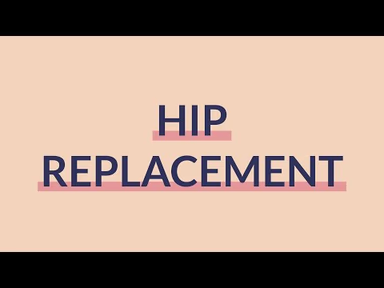
Hip Replacement Recovery - Range of Movements
Lilly Sabri, MHPC
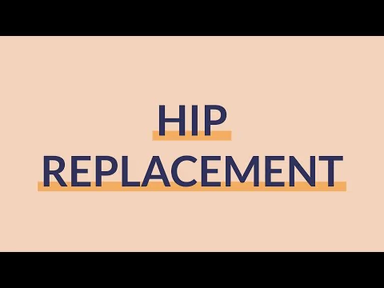
Hip Replacement Recovery - Hip Flexion
Lilly Sabri, MHPC

Hip Replacement Recovery - Isometric Exercises
Lilly Sabri, MHPC
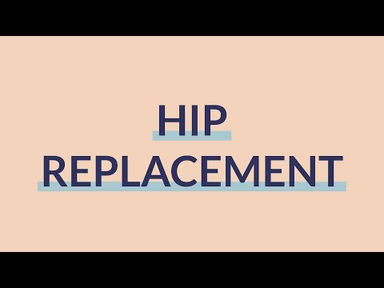
Hip Replacement Recovery - Inner Range Quadriceps
Lilly Sabri, MHPC
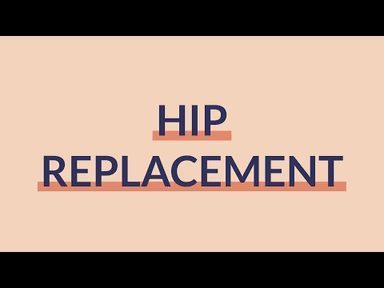
Hip Replacement Recovery - Advanced Strengthening Exercise
Lilly Sabri, MHPC
Continue reading below
Range of movement exercises
Please remember that these exercises can only be completed once cleared with your surgeon and medical team
.
Hip and knee flexion sitting on the floor
Sitting with your legs straight out in front of you, support your back if necessary.
Place a plastic bag under the heel and slide it towards your bottom, using your hands for support if necessary.
Slow and controlled, straighten leg back out to the starting position.
Repeat 10 times on each affected knee, twice daily.
Hip flexion/extension/abduction
In a standing position, support yourself by holding on to the back of a chair.
Flexion: stand sideways on to the chair and swing your leg forward, with the toes facing up towards the ceiling. Return the leg back to the start position.
Extension: stand facing towards the chair and, with a flexed foot, swing the leg behind you and return back to the start position.
Abduction: stand facing the chair and, with a flexed foot, lift the leg out to your side and back down.
Complete all exercises 10 times, twice daily.
Stretches for the muscles of the hip joint
Please remember that these exercises can only be completed once cleared with your surgeon and medical team
.
Quad stretch
Stand with your hands supported on the back of a chair.
Bend one knee and bring your foot towards your bottom.
Hook your hand around your ankle and pull the ankle closer towards the bottom to feel a stretch in the thigh muscle at the front of the leg.
Be sure to keep the knees touching.
Hold the stretch for 20 seconds; repeat three times on each side, twice daily.
Hip flexor stretch.
To simplify, either hold on to your trouser legs or place a towel or band around the ankle. This can also be completed lying on your side with the operated leg up.
Hamstring stretch
Sit upright in a chair with both your knees bent.
Straighten the operated leg as much as possible and flex your foot - toes to the sky
Take your body weight forward - DO NOT PASS 90° at the hip.
Continue reading below
Strengthening for the hip muscles
Please remember that these exercises can only be completed once cleared with your surgeon and medical team
.
Isometric quads
This a simple but very effective exercise for people with very week quads (particularly after surgery).
Sitting on the floor, support your back and position your legs straight in front of you.
Start by pushing one knee down into the ground, feeling the quad (thigh) muscle activate.
Hold for 10 seconds and repeat 10 times on each leg, twice daily.
Inner range quads
Start sitting on the floor, support your back and position your legs straight in front of you.
Place a rolled-up hand towel underneath one knee.
Point your foot to the ceiling before pushing your knee down into the towel. You should feel your heel lift off the floor.
Hold for 10 seconds and repeat 10 times on each leg, twice daily.
Straight leg raise
A progression form the exercises above.
Sitting on the floor, support your back and position your legs straight in front of you.
Turn your foot outwards, push your knee down into the floor before lifting your leg off the ground 4-6 inches.
Hold for 10 seconds and repeat 10 times on each leg, twice daily.
Sit to stand
Start sitting on a chair.
Without using your hands for support, stand up from the chair and then sit back down again in a slow and controlled movement.
Complete this exercise 20 times.
As you improve, increase the number of repetitions gradually up to 50; you can also try this exercise from a lower chair.
Wall squat
Stand with your back to the wall.
Place your feet shoulder distance apart and away from the wall.
Slowly slide your hands down the wall as you lower your body into a squat position.
Do not allow the knees to buckle in by keeping the knees directly over the middle toes.
Hold for 10 seconds and repeat 10 times, twice daily.
If you do not have access to a wall, you can complete a standing squat, ensuring your knees stay in line with your middle toes, your weight is distributed back through your heels and your chest remains proud and open. If you get an increase in hip pain, you should stop and seek professional advice.
Static glutes
Sit on a chair with your back supported.
Clench your bottom muscles together and hold for 10 seconds. Repeat 10 times, twice daily.
Bridge
Lie on your back with your knees bent.
With your arms relaxed down by the side of your body, push through your feet and lift your pelvis upwards off the floor; in a slow and controlled movement, lower it back down. Make sure you feel your bottom muscles active as you lift your pelvis, by squeezing them together.
Complete this exercise 20 times, twice daily.
Patient picks for Surgery and procedures

Treatment and medication
What are the risks of a lung transplant?
It is estimated that 50% of people who undergo a lung transplant will survive for at least five years after the surgery. A long-term survival rate of just half of all patients shows that lung transplants carry considerable risks. Lung transplants are therefore typically a last-resort treatment for fatal conditions.
by Amberley Davis

Treatment and medication
The best things you can to do to prepare for an operation
Most of us have at least one operation in a lifetime. Although you're putting yourself in your doctor's hands in hospital, you can help yourself too by being prepared. And once you're out of hospital, knowing the dos and don'ts will increase your chances of getting back to normal more quickly.
by Dr Sarah Jarvis MBE, FRCGP
Continue reading below
Article history
The information on this page is peer reviewed by qualified clinicians.
15 Dec 2017 | Latest version

Ask, share, connect.
Browse discussions, ask questions, and share experiences across hundreds of health topics.

Feeling unwell?
Assess your symptoms online for free
Sign up to the Patient newsletter
Your weekly dose of clear, trustworthy health advice - written to help you feel informed, confident and in control.
By subscribing you accept our Privacy Policy. You can unsubscribe at any time. We never sell your data.